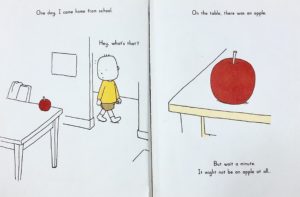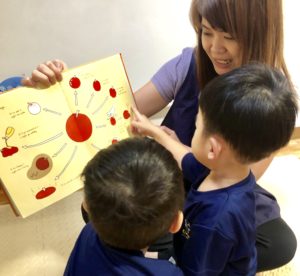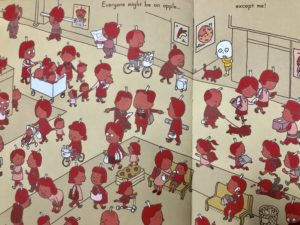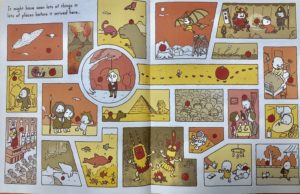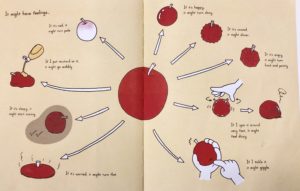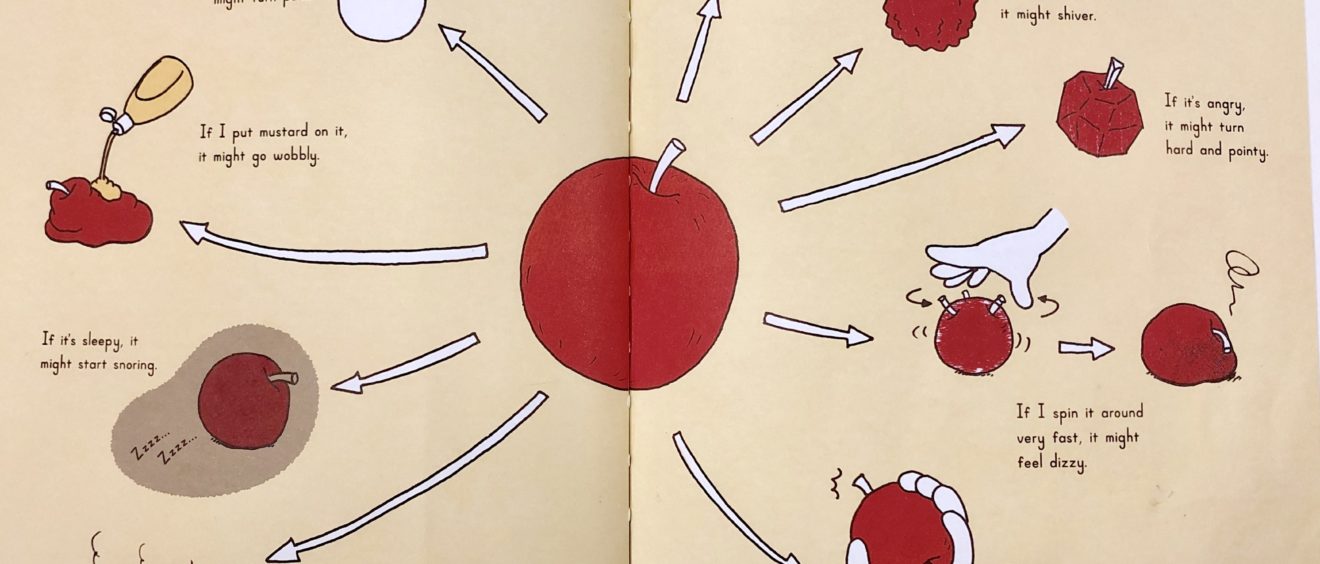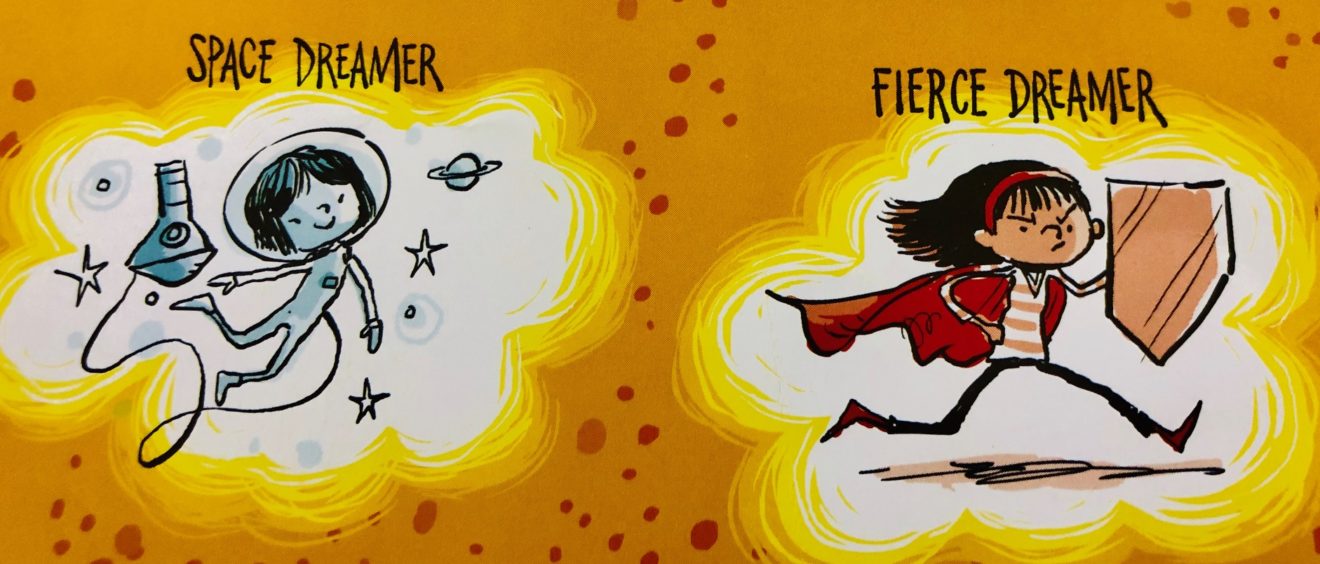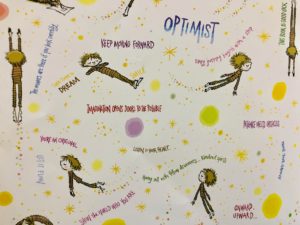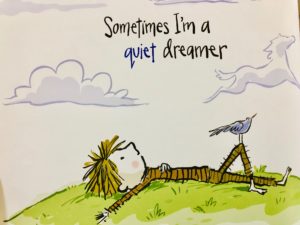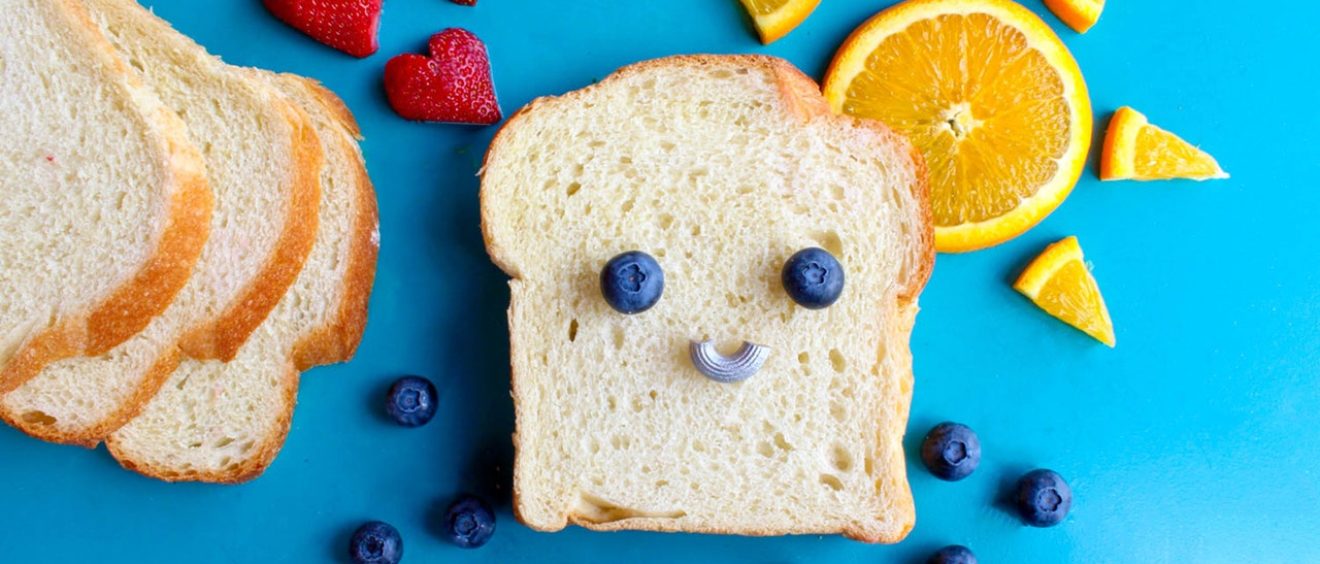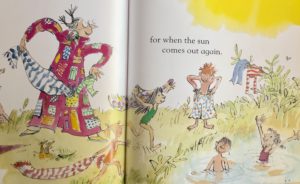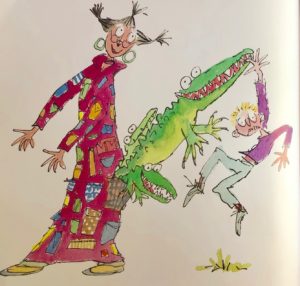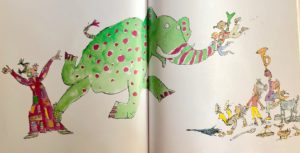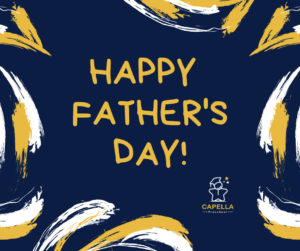Cooking with little ones is not limited to just baking cookies or squeezing oranges to make orange juice. It is about empowering children to practice life skills, applying what they have learnt or are learning, encouraging healthy eating and so much more.
Have you seen your child pretending to cook while they are playing? I am sure it has happened many times when your little one(s) run back and forth serving different “dishes” to you. Have you ever wondered, “why do they like to do that so much?”
Well, perhaps it is because they really want to be in the kitchen doing all these things that they see their parents and grandparents doing!
So why not give them real-life experiences in addition to exposing them to pretend plays only? Let’s start by allowing them to get involved in the kitchen.
Wait, what?! Why should we let them hands-on and cook when all we get is a big mess, unsightly dishes and a lot to clean up?

Despite all the mess and the hurricane-aftermath that will happen in your kitchen, we should STILL let them be involved because of the benefits of cookery activities at a young age.
Cooking is Learning
When adults cook, we cook by following a recipe and hope that the dish we are making turns out like what the recipe says it would be.
When children cook, so much more is going on. They will have the opportunity to read or even write recipes, understand sequences, follow step-by-step instructions and most importantly learn about safety in the kitchen.

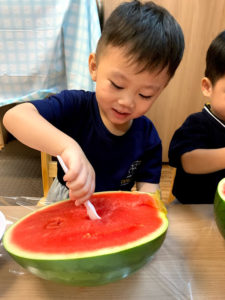
They can also put their mathematical understanding into practice, as cooking will require them to measure and count correctly.
They are practicing their eye-hand coordination skills to pour, mix, stir, squeeze, tear and knead. While doing these actions, they also learn the action-verbs used.
The best part is that they can have fun and learn all of these concepts at the same time.

Cooking is an Adventure
When children are involved in the cooking process, they feel a sense of achievement when they have “cooked” something and would gladly eat it or at least try it. There is also a sense of familiarity as they have observed how the ingredients change from the beginning to the end. They also had a chance to transform the ingredients into different forms.
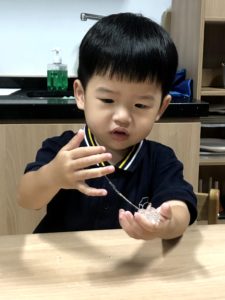
Don’t be surprised to see a child eating unseasoned vegetables cooked in boiling water when he usually doesn’t even want to touch any vegetables in a bowl of soup during lunchtime.
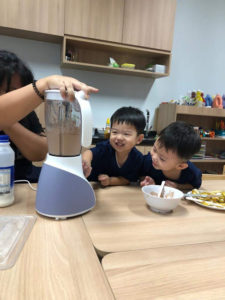
Cooking is a Life-Skill
Cooking is an important life-skill that will come in handy for the rest of their lives. Under any situation, they will be able to whip up something to eat. So we don’t have to worry about them going hungry!
The earlier the child picks up cooking the easier it is to apply this life-skill in the future. The interests and experiences encourage them to explore possibilities of making different dishes using similar ingredients, building their confidence in cooking.
Besides that, cooking is also one special way that children can use to communicate and express themselves.
At Capella Preschool we believe that cooking is an important part of children’s learning. It is one of the best opportunities for children to consolidate and put into practice, all the concepts that they have learnt (and are still learning) so far, from mathematical concepts, language concepts, social skills, emotional skills, understanding cause-effect, motor-skills, and coordination. It is also a medium for them to express their stories, experiences, and ideas.
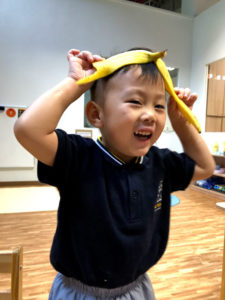
Do come down and find out more about how we integrated cookery in our curriculum. We are also contactable at sayhello@capellapreschool.com.
Read our article about loose parts play here: Let’s Loose Parts Play in Preschool!
Happy Reading and Cooking,
Capella Preschool Team
